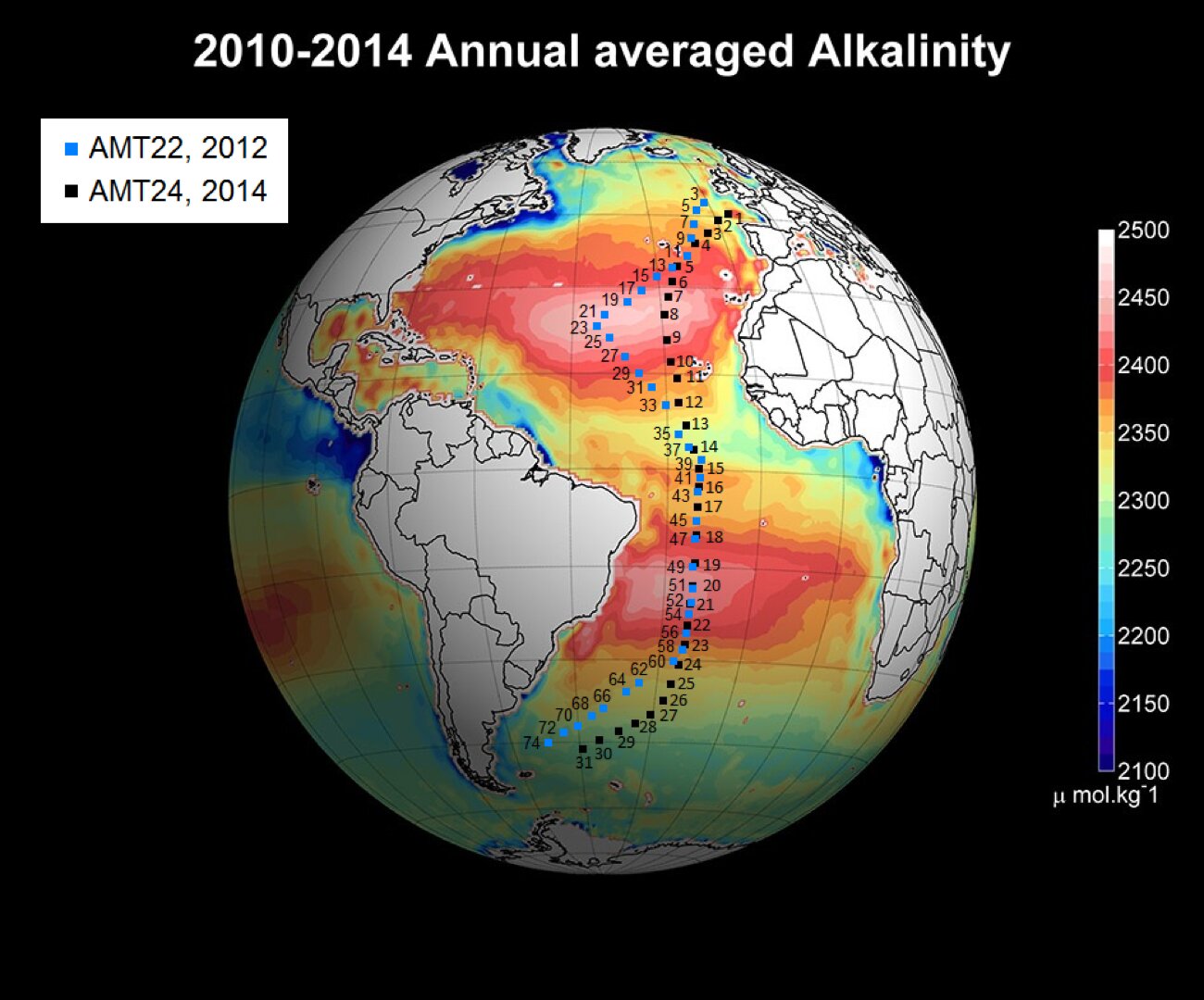Sea butterflies and sea angels are pteronods, numerous swimming snails that spend their entire
Sea butterflies were in the spotlightresearch into global change because they make their shells from aragonite, a form of calcium carbonate that is 50 percent more soluble than calcite. It is his other important organisms in the open ocean that use to create their shells. Because their shells are susceptible to dissolving in more acidic ocean water, pteropods are called "canaries in the coal mine" or sentinel species that signal the effects of ocean acidification.
 Several species of planktonic gastropods,including five sea moths (in shell) and two sea angels (naked). Credit: Katja Peinenburg, Erica Goetze, Deborah Wall-Palmer, Lisette Meckes.
Several species of planktonic gastropods,including five sea moths (in shell) and two sea angels (naked). Credit: Katja Peinenburg, Erica Goetze, Deborah Wall-Palmer, Lisette Meckes.
An international group of researchers withinThe Atlantic Meridional Section program sampled 21 species of pteropods from two ocean transects and collected information on 2,654 genes. By analyzing this data and key pteropod fossils, scientists have determined that two main groups - sea moths and sea angels - originated in the Early Cretaceous about 139 million years ago.
“Consequently, both groups are much older thanwas previously thought and must have experienced previous episodes of widespread ocean acidification, such as the late Cretaceous, 66 million years ago, and the Paleocene-Eocene thermal maximum, 56 million years ago, ”emphasizes Katja Peinenburg of the Naturalis Biodiversity Center in the Netherlands ...
Knowing if major groups have been exposedpteropods during periods of high carbon dioxide levels are important as researchers try to predict how different marine species might respond to current and future global changes.
 Locations of stations for collecting zooplankton,made in the Atlantic Ocean as part of this study. Colors indicate alkalinity (data from Land et al. 2015). Credit: Peinenburg et al. (2020)
Locations of stations for collecting zooplankton,made in the Atlantic Ocean as part of this study. Colors indicate alkalinity (data from Land et al. 2015). Credit: Peinenburg et al. (2020)
It is still an open question whethermarine organisms, especially those that calcify, are evolutionarily resistant to adapt quickly enough to an increasingly acidic ocean.
However, Peinenburg points out that "the current rate of carbon release is at least an order of magnitude higher than we have seen in the last 66 million years."
Read also
The Doomsday glacier turned out to be more dangerous than scientists thought. We tell the main thing
Study: cats can imitate humans
On day 3 of illness, most COVID-19 patients lose their sense of smell and often suffer from a runny nose